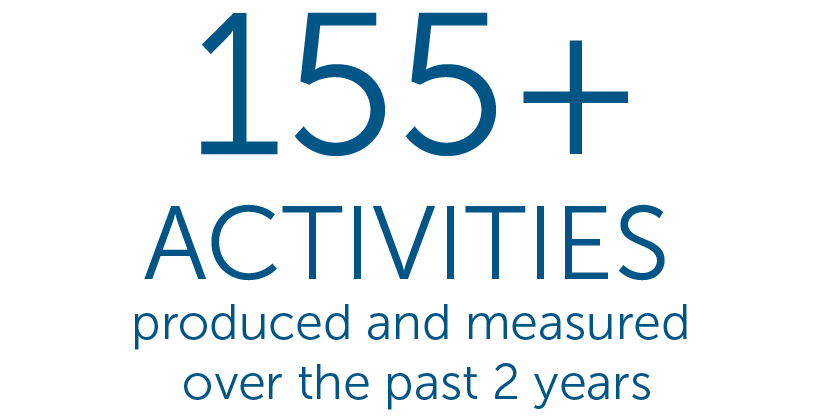Simplify. And then simplify again.
Simplify. And then simplify again.
Help healthcare professionals learn better by engaging a core learning principle called coherence .
People learn better when unnecessary details, images, or words are removed. While these extraneous elements may introduce interesting points, if they truly are irrelevant to the learning moment, they should be eliminated to reduce distraction and improve learning and retention. That’s coherence in action.
Give them a hint.
Give them a hint.
Learners are time-constrained, so point out what matters most by leveraging a core learning principle called signaling .
When essential content is highlighted or called out, learners focus their attention on that content. Designing cues within the visual presentation or adding an audio call-out improves learning and retention.
Get a little casual.
Get a little casual.
Learners gain more value when the presentation is conversational in style, which is a learning principle called personalization .
Instructional design that is conversational (versus the formal language format) results in more positive effects on the learning performance. We approach our education by speaking to our learners and not at them.
1 Adapted from: Multi-Media Learning 2nd edition 2009, by Richard Mayer.

Have Questions?
Get in touch with our team to discover how we can help increase engagement.






